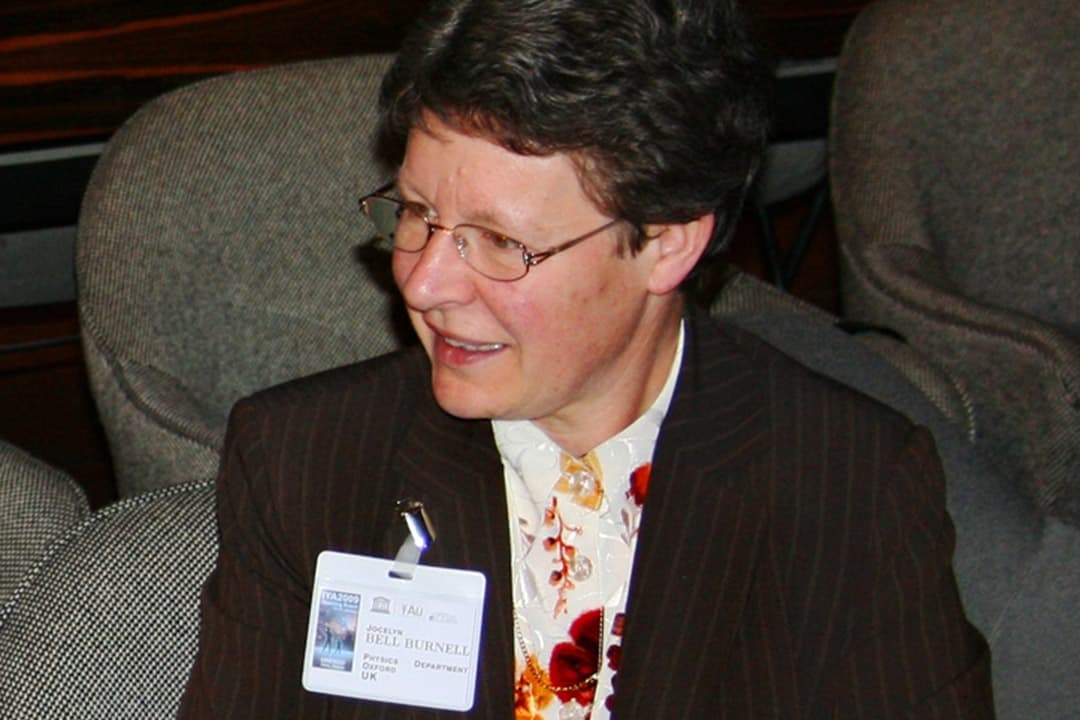The Breakthrough Prize — a $3 million award bestowed to researchers in Life Sciences, Fundamental Physics, and Mathematics — recently recognized astrophysicist Jocelyn Bell Burnell for her discovery of pulsars.
When Bell Burnell was a researcher at the University of Cambridge in 1967, she noticed a signal that repeated every second or so through a radio telescope. Bell Burnell and her advisor Antony Hewish weren’t sure what to make of it.
These signals turned out to be pulsars, or fast spinning neutron stars that emit electromagnetic radiation.
Though Bell Burnell was the first to discover pulsars, the Nobel Prize in Physics was awarded to Hewish and his colleague Martin Ryle in 1974.
Bell Burnell’s receipt of the Breakthrough Prize is historically significant, as women have not traditionally blazed through male-dominated fields like physics. When Bell Burnell came to Calgary on September 19, she told CBC News that the prize money would go to supporting underrepresented graduate students in science.
Though attitudes toward women in math and science have changed since the 1960s, there is still progress to be made.
According to U of T’s Professor AW Peet in the Department of Physics, one reason could be that social and cultural aspects cause participation rates in math and science to vary from country to country.
Many Eurocentric countries like Canada, the US, and the UK, have, in fact, lower participation rates of women in math and science compared to countries like Lebanon or Iran.
Eight per cent of the physics faculty in US universities with PhD-granting departments have no representation of women.
The statistics in Toronto aren’t promising either.
Of 14 faculty members who teach subjects relating to physics at UTM, only one is female.
While the University of Toronto has seen a significant improvement in female representation in physics, the number of female graduate and undergraduate students still remains low compared to women in biology or chemistry.
In 2012, 24 per cent of undergraduate students enrolled in Applied Science & Engineering, which includes studies in physics, were female. Of graduate students in the faculty, 26 per cent were female.
These statistics have improved after five years. In 2017, 33 per cent of undergraduate students enrolled in Applied Science & Engineering programs were female; of graduate students, 27 per cent were female.
In contrast, 65 per cent of students pursuing undergraduate Biological Sciences and 57 per cent of students pursuing graduate studies in Biological Sciences were female in 2017.
These statistics do not account for students who identify as nonbinary, and though they reflect an improvement in female participation in the sciences, particularly physics, they are still worrisome.
Organizations like the International Union of Pure and Applied Physics have brought delegations from different countries together to compare representation in physics and become more cognizant of representation in physics.
Moreover, in Canada, the Canadian Association of Physicists (CAP) has taken initiatives to narrow the gap.
One of its initiatives, according to Peet, who is also the former Chair of CAP, is an annual conference for women in physics known as the Canadian Conference for Undergraduate Women in Physics.
However, if real progress is to be made in the sciences, changes at the institutional level, like promoting women into roles such as Canada Research Chairs, and at societal levels, like providing better support for women on maternity leave, are crucial.


